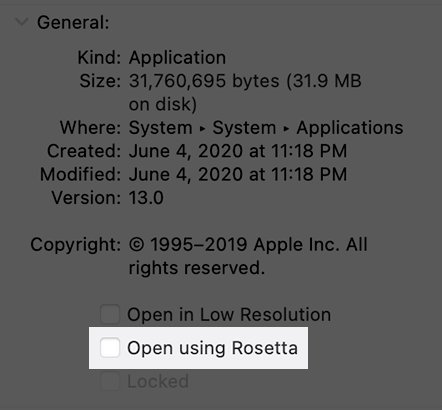So the M1 maxes out at 16GB memory and has no eGPU support and no Bootcamp support - the latter two were expected.
It is clear that Apple offers the M1 to the entry-level segment of their products. Mac Mini, MB Air and entry-level, 2-port MBP 13. The simple fact, that the on-die DRAM maxes out at 16 means that there needs to be another SOC chip to allow for more. On top of that, this is shared memory - while discreet GPU based systems don't have that shortcoming.
I am guessing that there will be an even faster version - more CPU cores, more GPU cores, more memory - an M2 - that goes into the higher-end Mac/Mac Pro/MB Pro 13s and the 16-inch units in 2021. I dare say, that we may also see a 13-inch MBP phased out at that point, replaced by 14-inch versions. Currently, the Macbook Air and MBP are way too similar with the exception of the display quality, so there needs to be further differentiation. Also, even if they did not talk about it, the Air is passive while the MBP is not - so are they clocked at different speeds to keep within power envelopes?
Financially it would also make sense. With a single silicone SKU, they no longer have the ability to differentiate different price points within a product stack. So if they want to be able to charge 2000+ USD for a Macbook Pro, they NEED to have a faster and thus more expensive SKU. In the end, that means more money in their pocket as they don't have to pay Intel anything anymore too.
I will buy the last-gen Intel MBP13 once they phase them out completely, or go for a brand spanking new high-end M2 based one at that point.
Just my 2 cents.






